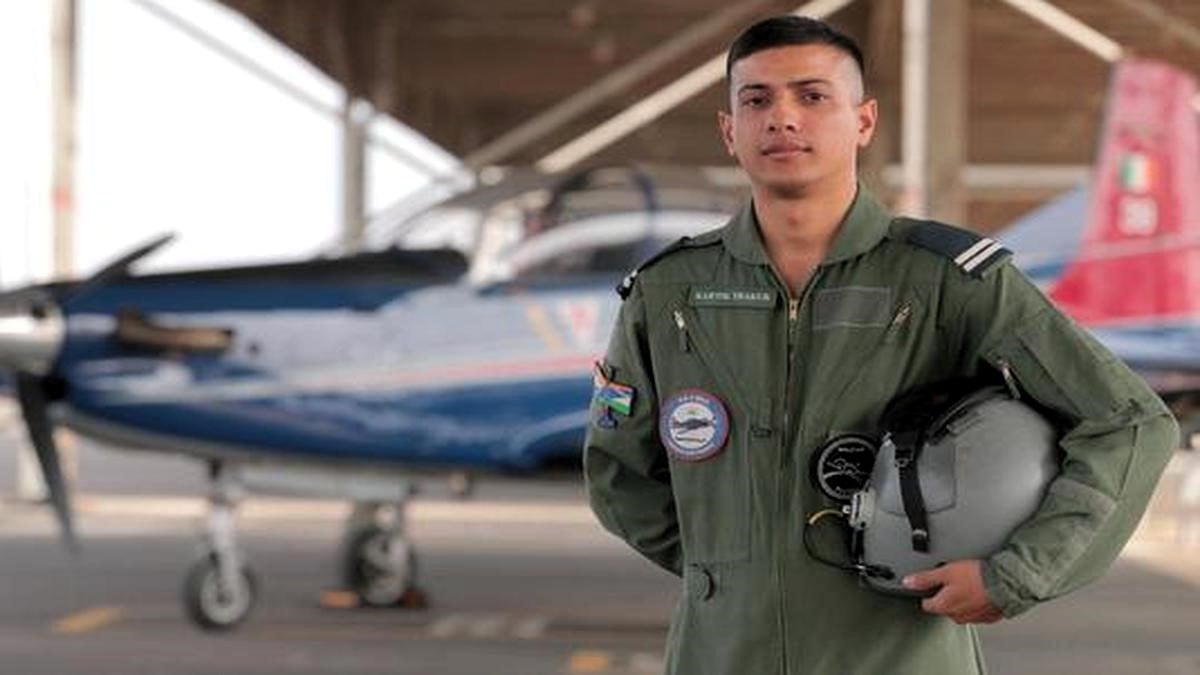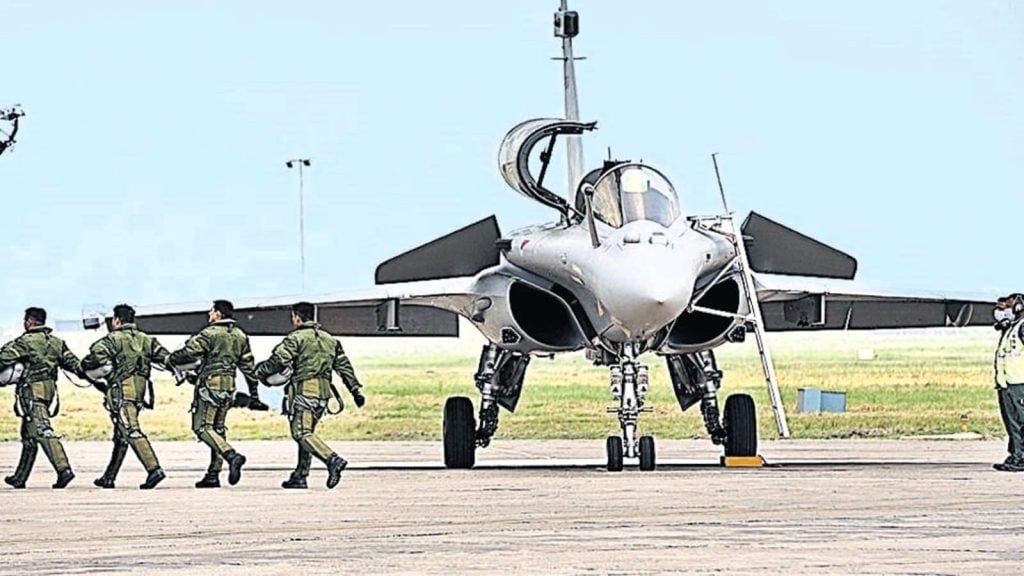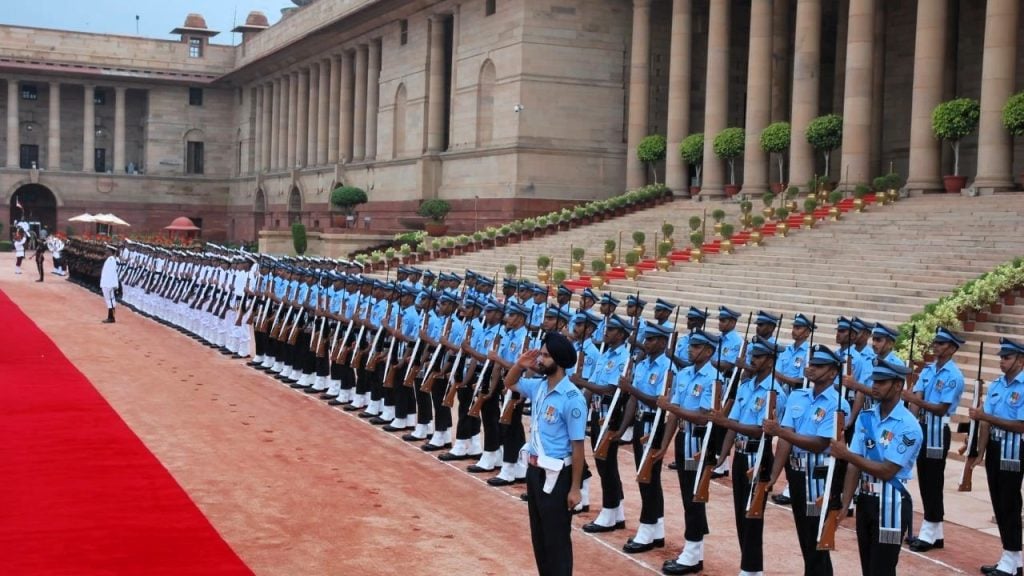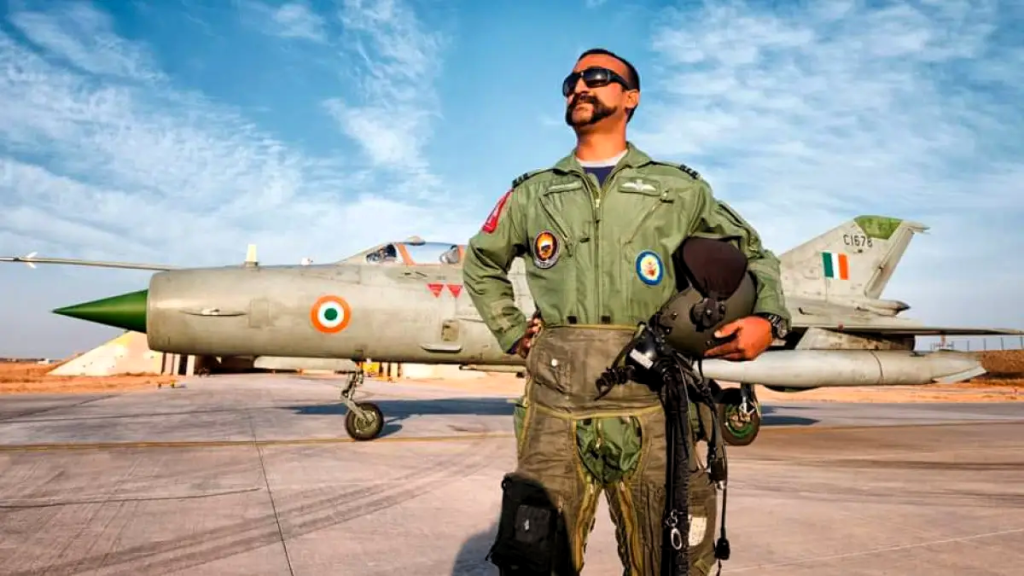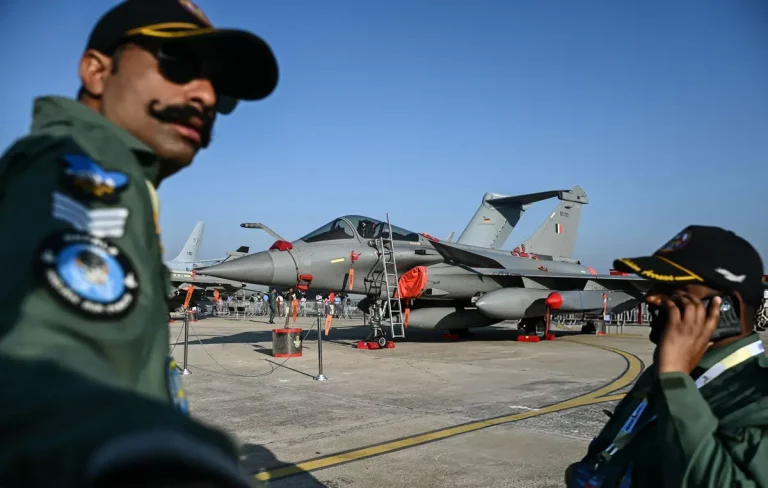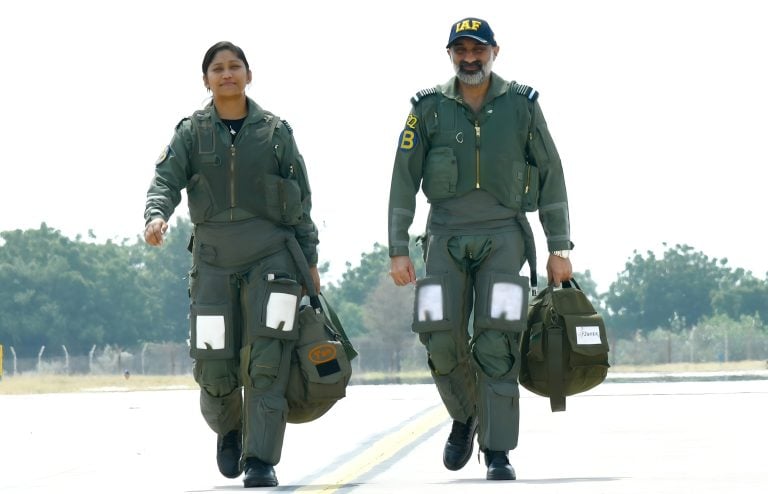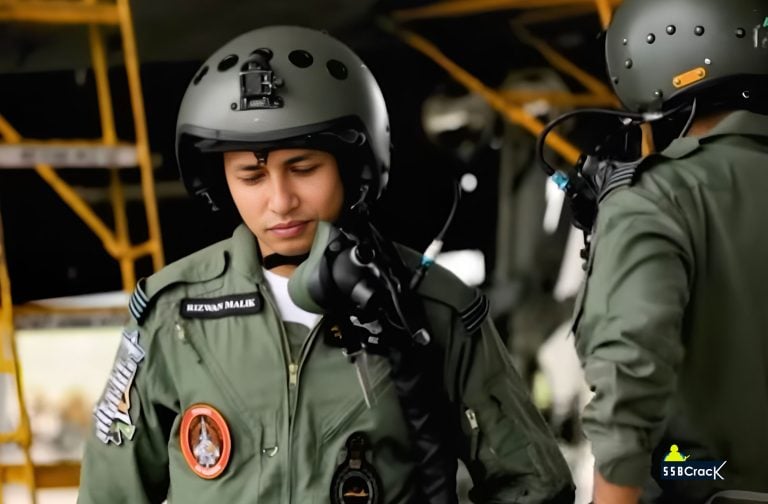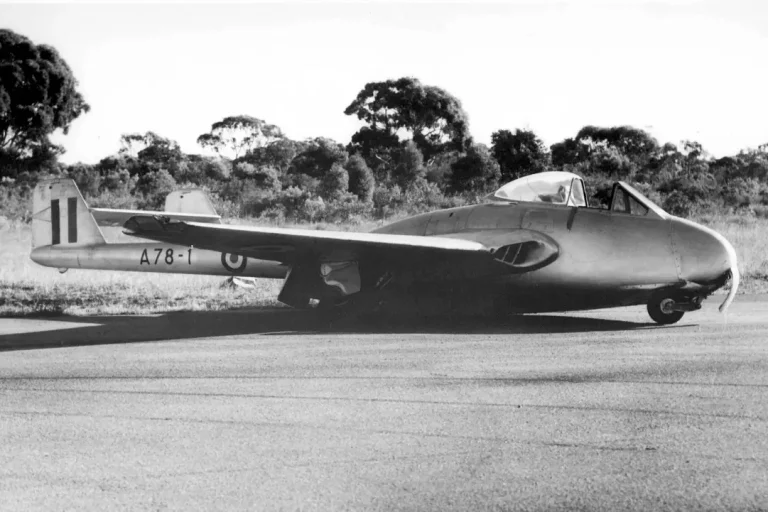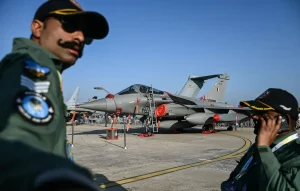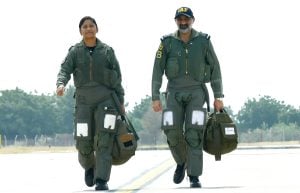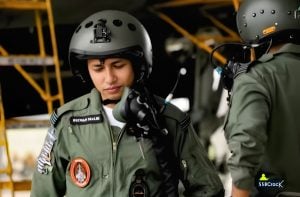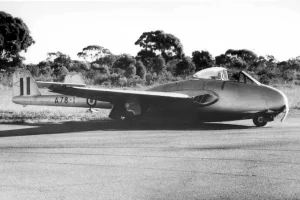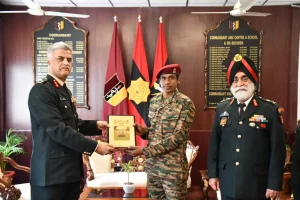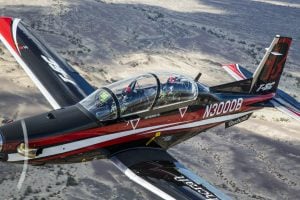In the Indian Air Force (IAF), physical fitness is paramount. The stringent AFCAT Physical Standards are designed to ensure that all personnel can meet the physical demands of their duties, maintaining peak operational efficiency and readiness. This article delves into the comprehensive physical standards required for both males and females aspiring to join the IAF through the Air Force Common Admission Test (AFCAT).
Introduction
The journey to becoming a member of the IAF starts with passing the AFCAT, followed by an assessment by the Air Force Selection Board (AFSB). This evaluation checks not only mental readiness but also physical fitness. The IAF’s focus on AFCAT Physical Standards ensures that its members are prepared to face the challenges of protecting the nation. Aspiring candidates must understand and meet these criteria to avoid disqualification.
AFCAT Physical Standards : Preparation
Initial Fitness Requirements
Candidates should be in top physical condition when reporting for the AFSB/SSB interview. The initial fitness requirements include:
- Running 1.6 kilometers in 10 minutes
- 10 push-ups
- 3 chin-ups
These initial tests are designed to gauge basic physical fitness. Meeting these standards demonstrates that a candidate can handle the demanding physical training at the Air Force Academy (AFA), which includes running, swimming, rope climbing, and other conditioning exercises.
Recommended Physical Conditioning
To achieve and maintain the necessary physical condition, candidates are advised to follow this routine:
- Running: Up to 4 kilometers in 15 minutes
- Skipping
- Push-ups and Sit-ups: Minimum of 20 each
- Chin-ups: 8 repetitions
- Rope Climbing: 3 to 4 meters
- Swimming: 25 meters
By adhering to this routine, candidates can ensure they are physically prepared for the rigors of the AFA training program.
AFCAT Physical Standards : Detailed
Height and Weight Requirements
Flying Branch
Both male and female candidates must meet the following height requirements for the Flying Branch:
- Minimum Height: 162.5 cm (5 feet 3 inches)
- There is no maximum height limit specified.
Ground Duty Branches
For Ground Duty branches, the height requirements vary slightly for males and females and are also influenced by regional adjustments:
Male Candidates
| Category | Minimum Height Requirement |
|---|---|
| General Category | 157.5 cm |
| Gorkhas, North-Eastern Regions, Hilly Areas of Uttarakhand | 152.5 cm |
| Lakshadweep | 155.5 cm |
Female Candidates
| Branch | Minimum Height Requirement |
|---|---|
| Flying Branch | 162.5 cm |
| Ground Duty Branches | 152 cm |
For female candidates from specific regions, the height requirements are adjusted as follows:
| Region | Minimum Height Requirement |
|---|---|
| North Eastern Regions, Hilly Areas of Uttarakhand | 147 cm |
| Lakshadweep | 150 cm |
Measurement Specifications for the Flying Branch
For aspiring pilots, the IAF has additional measurement criteria to ensure operational efficiency and safety:
| Measurement | Minimum Requirement | Maximum Requirement |
|---|---|---|
| Height | 162.5 cm | – |
| Sitting Height | 81.5 cm | 96.0 cm |
| Leg Length | 99.0 cm | 120.0 cm |
| Thigh Length | – | 64.0 cm |
Importance of Meeting Height Standards
Meeting the height criteria is crucial for several reasons:
- Operational Efficiency: Ensuring pilots and aircrew fit the cockpit and equipment design optimally enhances performance.
- Safety: Properly fitting equipment reduces the risk of injury during missions.
- Health and Fitness: Height standards often correlate with overall physical fitness, which is essential for the demanding tasks in the Air Force.
- Uniformity: Standardized height requirements promote uniformity and cohesion within the ranks.
- Effectiveness in Training: Meeting these standards ensures that candidates can undergo training effectively, facilitating skill development.
- Career Progression: Certain roles, especially in the flying branch, have non-negotiable height requirements critical for career advancement.
Physical Fitness Tests at AFA
Upon joining the AFA, candidates undergo various physical fitness tests to further assess and enhance their fitness levels. These tests are designed to prepare them for the physical challenges of their duties.
Routine Physical Activities
- Running: Regular running sessions up to 4 kilometers.
- Swimming: Mandatory swimming tests and training.
- Rope Climbing: Exercises to build upper body strength.
- Push-ups and Sit-ups: Regularly performed to maintain core strength and endurance.
- Chin-ups: Essential for upper body conditioning.
Conditioning Drills
In addition to the routine activities, conditioning drills include obstacle courses, endurance runs, and agility tests. These drills are essential for developing the physical capabilities required for various roles within the IAF.
Maintaining Physical Fitness
Maintaining physical fitness is not just about passing the initial tests. IAF personnel must continuously uphold high fitness standards throughout their careers. This ongoing requirement ensures they remain ready to face any physical challenge during their service.
Daily Physical Training
IAF personnel engage in daily physical training sessions. These sessions include a mix of cardiovascular exercises, strength training, and flexibility workouts. Regular physical activity helps in maintaining optimal body weight, enhancing cardiovascular health, and building muscular strength.
Nutritional Guidelines
A balanced diet is crucial for maintaining physical fitness. IAF personnel follow nutritional guidelines that emphasize a diet rich in proteins, carbohydrates, and essential vitamins and minerals. Hydration is also a key aspect of their dietary regimen, ensuring they remain well-hydrated during physical activities.
Psychological Preparedness
Physical fitness goes hand in hand with mental toughness. The rigorous training programs are designed to build resilience, discipline, and mental fortitude. Psychological preparedness is crucial for handling the stress and demands of IAF duties.
Mental Conditioning
Mental conditioning exercises include stress management techniques, focus and concentration drills, and resilience-building activities. These exercises prepare personnel to handle high-pressure situations calmly and effectively.
Conclusion
The Indian Air Force’s emphasis on AFCAT Physical Standards underscores the importance of fitness in military service. Aspiring candidates must meet these AFCAT Physical Standards to ensure they are ready for the challenges of their duties. By maintaining high levels of physical fitness and mental toughness, IAF personnel can effectively perform their roles and contribute to the nation’s defense.
Meeting the AFCAT Physical Standards set by the IAF is not just about meeting entry requirements; it is about embodying the resilience, strength, and readiness that the Indian Air Force stands for. Aspiring candidates should take these standards seriously, prepare diligently, and strive to exceed them, ensuring they are not only eligible to join but also capable of excelling in their roles within the IAF.
FAQs
1. What is the minimum height requirement for males and females in the Flying Branch of the IAF?
The minimum height requirement for both male and female candidates in the Flying Branch of the Indian Air Force (IAF) is 162.5 cm (5 feet 3 inches).
2. How important is nutrition in maintaining physical fitness for IAF personnel?
Nutrition is critical for maintaining physical fitness. A balanced diet rich in proteins, carbohydrates, vitamins, and minerals is essential. Hydration is also a key aspect to ensure personnel remain well-hydrated during physical activities.
3. Can height requirements be waived under any circumstances?
Height requirements are strict and generally non-negotiable, especially for roles in the flying branch. However, some relaxation is provided for candidates from specific regions as mentioned earlier.
4. What is the significance of meeting the physical fitness standards beyond the selection process?
Meeting physical fitness standards is crucial throughout an IAF career. It ensures personnel can handle the physical demands of their duties, maintain operational readiness, and contribute effectively to the nation’s defense.
5. Are there any specific medical tests candidates must undergo after meeting the AFCAT Physical Standards?
Yes, candidates must undergo comprehensive medical examinations to ensure they meet the AFCAT Physical Standards required for various roles in the IAF. These tests assess overall health, vision, hearing, and other critical medical criteria.
